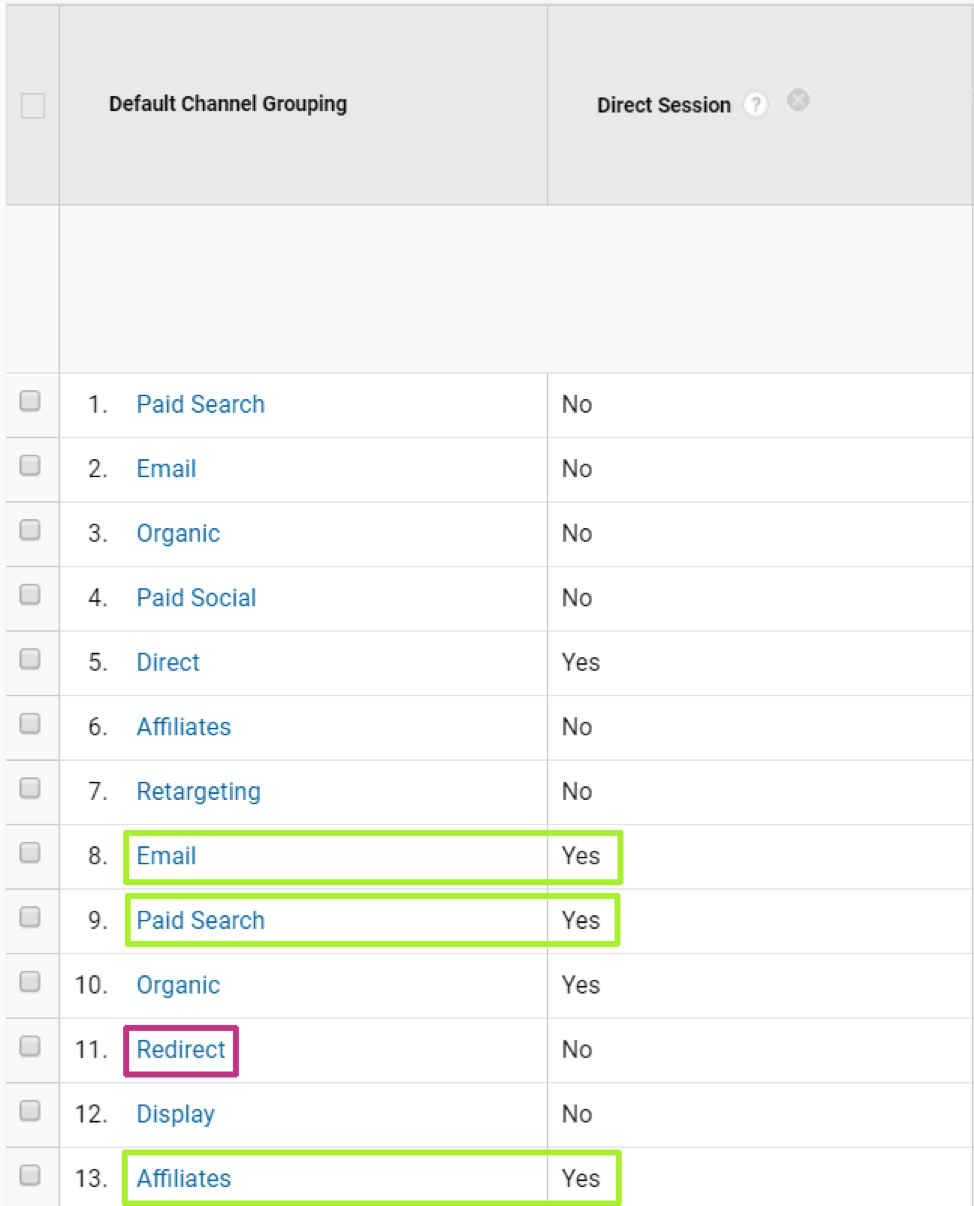Definitive, comprehensive TV attribution remains quite challenging, but with a wide range of tips and tactics from e-CENS consultants and solution designers – covering Google Analytics, Firebase Analytics, Data Studio, and a little bit of predictive modeling on Google Cloud Platform – you can begin gauging the digital response to your TV ads.
- Annotate
You can’t analyze the impact your TV ads if you don’t know where and when the flights ran. Create annotations in Google Analytics, or have a separate, reliable timeline ready for reference.
- Visualize to Evaluate Incremental Impact Against Baseline
While it might be difficult to isolate the impact of TV ads from other factors that could affect traffic, it is still useful to compare traffic in the period following the ad run to the previous period, or the same period the previous year. Visualize the comparison within Google Analytics, or take advantage of the more advanced charting capabilities in Data Studio.
- Develop a Predictive Model
Or, if you do want to isolate the TV ads from all other impacts, you can create a predictive model that projects what traffic and conversion performance would have been without TV ads as a factor. To build your model, take advantage of Google Cloud Platform features such as BigQuery ML, Auto ML Tables, and TensorFlow.
- Use Vanity or Promo URLs in your TV Ads
When you’re writing the online call-to-action into the script for your TV ads, consider a vanity or promo URL that you can redirect and track as a Google Analytics campaign.
For instance, you can encourage a visit to www.vanitydomain.com or www.yoursite.com/promourl and redirect either with UTM parameters, eg.,
www.yoursite.com/?utm_medium=redirect&utm_source=tv&utm_campaign=20190510-summer-savings
You could also define a Google Analytics custom channel based on these campaign parameters.
- Co-optimize Your Paid Media
This is an optimization tactic rather than an analysis tip. Supplement TV ads with paid search, display, etc. running at similar times as the TV buys. In previous TV campaigns, we have been able to analyze the traffic spikes that happened during each TV flight, in things like their search traffic (both organic and paid, particularly for branded search), as well as cross-device activity.
- Check for Increases in Multiple Channels
Even if you haven’t co-optimized other channels, there will always be some spillover when TV ads run. After your ad airs, check for increases in Google Analytics channels such as Organic Search, Paid Search, and Direct. Also, check open and clickthrough rates in Email, and responses to banner and remarketing campaigns, all of which can benefit from the increased brand awareness of a TV campaign.
- Check for Increases in Sessions Where Direct Session = True
This tip builds on one of the previous tips. Let’s consider this sequence:
- Monday: user clicks on a paid search ad
- Tuesday: user views your TV ad
- Wednesday: user accesses to your website directly
In most Google Analytics reports, Last Non-Direct Click attribution applies, so the second, direct session would be recorded with the same channel as the first session: Paid Search. By applying Direct Session as a secondary dimension, you can gauge if your TV ad might build be building on a channel such as Paid Search, without actually costing you money for the second session recorded as Paid Search.

In Google Analytics, you can define a custom Redirect channel based on the UTM parameters that you add to your redirected vanity and promo URLs. Also, the Direct Session dimension can indicate a spike in returning Direct visitors who may have visited through a different channel before your TV ad aired.
- Capture Timestamp as a Custom Dimension
By default, Google Analytics does not expose a specific timestamp for the analytics data that users generate. To understand second by second response to your TV ad, capture a simple timestamp as a hit-scope custom dimension with each pageview and event.
- Implement Cross-Device Reporting
A previous desktop visitor may be more likely to visit again on tablet or phone after viewing your TV ad. To gain that multi-device perspective, implement Google Analytics cross-device tracking and activate Google Signals.
- Check Your Mobile Analytics
If you have the budget for TV ads, you probably have produced a dedicated mobile app. Before your TV flight runs, make sure to have mobile app tracking in place with a tool such as Google Analytics for Firebase, or Firebase Analytics for short. Note how many return users, installs, and first opens occurred at the times when your TV ads air.
- Overlay Web and Mobile Behavioral Data with TV Data
In a visualization tool such as Tableau, align your web, mobile and TV data by time and geography to observe any correlations.

This post was originally written by
Patricia Jordan-Hinojos
Sales Director, e-nor




